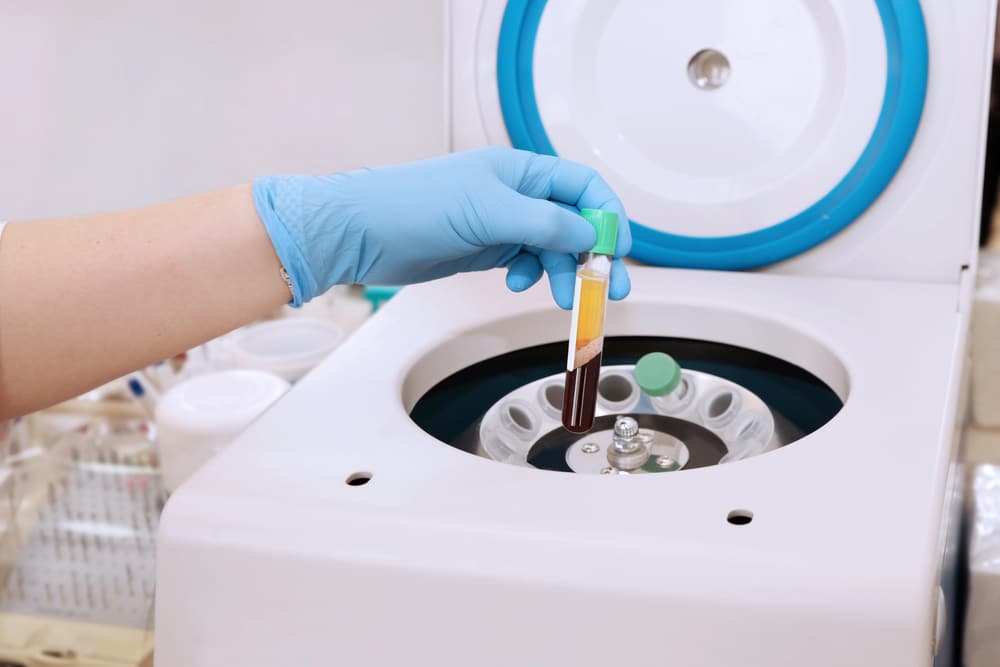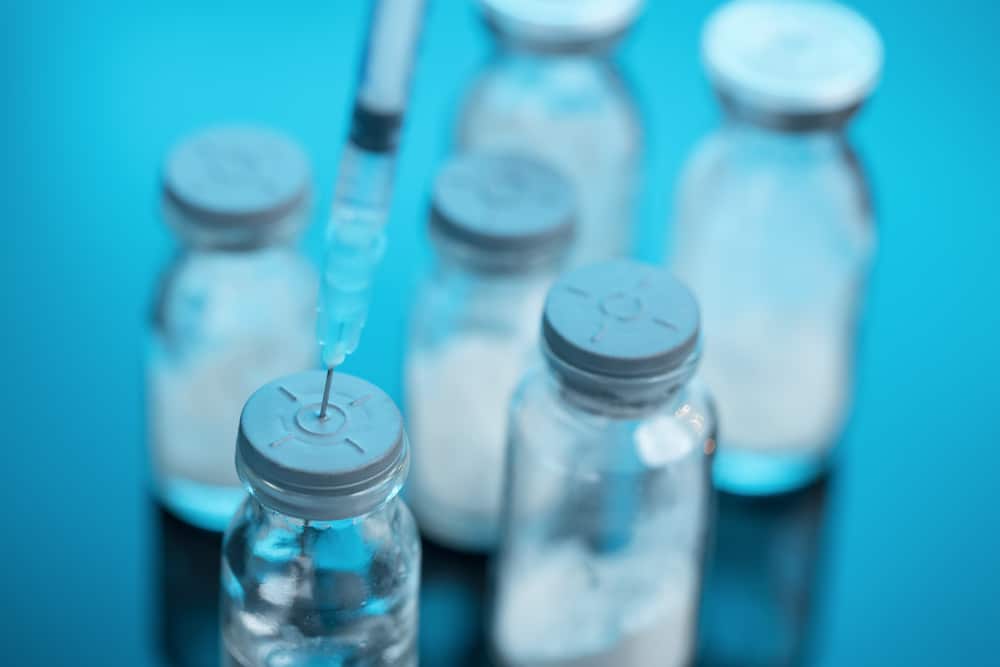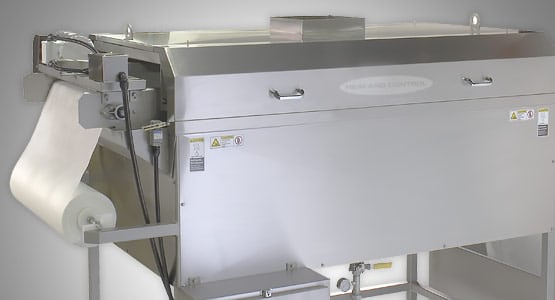With an increased interest around surgical masks, it is important to take a look at how they are made.
According to Thomas Net:
“Surgical masks, once simply a strip of cloth tied around the face of a doctor or nurse, are today manufactured using non-woven fabrics made from plastics like polypropylene to filter and protect. They are also available in many different styles and grades depending on the level of protection the user requires. Looking for more information on surgical masks to meet your medical sourcing needs? We’ve created this guide outlining some basics about these masks as well as how they’re manufactured. If you’re interested in finding out more information about how respirators, gowns, and other personal protection equipment is made, you can also visit our overview of how PPE is manufactured.
Here’s what we’ll be going over:
- What are Surgical Masks Used for?
- Types of Masks
- C.D.C. Updated Guidelines for Mask Usage
- How are Surgical Masks Made?
- Surgical Mask Tests
- Can Any Manufacturer Become a Surgical Mask Manufacturer?
- Sourcing for Mask Materials
What are Surgical Masks Used for?
“Surgical masks are designed to keep operating rooms sterile, preventing germs from the mouth and nose of a wearer from contaminating a patient during surgery. Although they have seen a rise in popularity among consumers during outbreaks such as the coronavirus, surgical masks are not designed to filter out viruses, which are smaller than germs. For more on which types of masks are safer for medical professionals dealing with illnesses such as the coronavirus, you can read our article on the top CDC-approved suppliers.
Types of Masks
“There are four levels of ASTM certification that surgical masks are classified in, depending on the level of protection they provide to the person wearing them:
- Minimum protection face masks are meant for short procedures or exams that won’t involve fluid, spray, or aerosol.
- Level 1 face masks often feature ear loops and are the general standard for both surgical and procedural applications, with a fluid resistance of 80 mmHg. They’re meant for low-risk situations where there will be no fluid, spray, or aerosol.
- Level 2 masks, with 120 mmHg fluid resistance, provide a barrier against light or moderate aerosol, fluid, and spray.
- Level 3 face masks are for heavy possible exposure to aerosol, fluid and spray, with 160 mmHG fluid resistance.
“It should be noted that surgical masks are not the same as surgical respirators. Masks are made to act as barriers to splashes or aerosols (such as the moisture from a sneeze), and they fit loosely to the face. Respirators are made to filter out airborne particles such as viruses and bacteria, and create a seal around the mouth and nose. Respirators should be used in cases when patients have viral infections or particles, vapor, or gas are present.
“Surgical masks are also not the same as procedural masks. Procedural masks are used in clean environments in hospitals including intensive care and maternity units, but they are not approved for sterile environments such as the operating room.
CDC Updated Guidelines on Mask Usage
“The CDC has recently relaxed guidelines on the use of masks to allow hospitals and other healthcare centers to stretch resources during this time of extreme demand. Some of these measures include:
- Removing face masks for visitors in public areas unless they’re exhibiting symptoms.
- Extended use of face masks, such as continuing to wear the same mask while seeing multiple patients. It’s important to note the mask is to be disposed of if it becomes soiled, damaged, or difficult to breathe through. Additionally, the wearer cannot touch the outside of the mask. Wearers should only remove the mask once they’re away from the patient care area.
- Having patients showing symptoms use tissues or other barriers to cover their mouth and nose while healthcare workers use masks.
- Using masks past the manufacturer sell-by date, as long as they aren’t damaged.
- Canceling elective procedures where face masks would be required.
- Limited reuse of face masks, where they are taken off and put back on between seeing patients. This should only be done for masks that aren’t soiled, damaged, or difficult to breathe through. Masks should be stored while folded inward to avoid contamination, and tie back masks should not be used for this. Wearers should remove them only once they’re away from the patient care area.
- Prioritizing masks for necessary activities. This includes necessary surgeries and procedures, when there is a possibility of splashes or spray, for prolonged close contact with potentially infectious patients, or for aerosol-generating procedures if there are no respirators.
How are Surgical Masks Made?
“Surgical face masks are made with non-woven fabric, which has better bacteria filtration and air permeability while remaining less slippery than woven cloth. The material most commonly used to make them is polypropylene, either 20 or 25 grams per square meter (gsm) in density. Masks can also be made of polystyrene, polycarbonate, polyethylene, or polyester.
“20 gsm mask material is made in a spunbond process, which involves extruding the melted plastic onto a conveyor. The material is extruded in a web, in which strands bond with each other as they cool. 25 gsm fabric is made through meltblown technology, which is a similar process where plastic is extruded through a die with hundreds of small nozzles and blown by hot air to become tiny fibers, again cooling and binding on a conveyor. These fibers are less than a micron in diameter.
“Surgical masks are made up of a multi-layered structure, generally by covering a layer of textile with non-woven bonded fabric on both sides. Non-wovens, which are cheaper to make and cleaner thanks to their disposable nature, are made with three or four layers. These disposable masks are often made with two filter layers effective at filtering out particles such as bacteria above 1 micron. The filtration level of a mask, however, depends on the fiber, the way it’s manufactured, the web’s structure, and the fiber’s cross-sectional shape. Masks are made on a machine line that assembles the nonwovens from bobbins, ultrasonically welds the layers together, and stamps the masks with nose strips, ear loops, and other pieces.
“Completed masks are then sterilized before being sent out of the factory.
Surgical Mask Tests
“Once surgical masks are made, they must be tested to ensure their safety in various situations. There are five tests they must be put through:
- Bacteria filtration efficiency in vitro (BFE). This test works by shooting an aerosol with staphylococcus aureus bacteria at the mask at 28.3 liters per minute. This ensures the mask can catch the percentage of bacteria it’s supposed to.
- Particle Filtration Efficiency. Also known as the latex particle challenge, this test involves spraying an aerosol of polystyrene microspheres to ensure the mask can filter the size of the particle it’s supposed to.
- Breathing resistance. To ensure the mask will hold its shape and have proper ventilation while the wearer breathes, breathing resistance is tested by shooting a flow of air at it, then measuring the difference in air pressure on both sides of the mask.
- Splash resistance. In splash resistance tests, surgical masks are splashed with simulated blood using forces similar to human blood pressure to ensure the liquid cannot penetrate and contaminate the wearer.
- Flammability. Since several elements of an operating room can easily cause fire, surgical masks are tested for flammability by being set on fire to measure how slowly it catches and how long the material takes to burn. ASTM levels 1, 2, and 3 are all required to be Class 1 flame resistant.
Can Any Manufacturer Become a Surgical Mask Manufacturer?
“It is possible for a generic manufacturer, such as a garment factory, to become a mask manufacturer, but there are many challenges to overcome. It’s also not an overnight process, as products must be approved by multiple bodies and organizations. Hurdles include:
- Navigating test and certification standards organizations. A company must know the web of test organizations and certification bodies as well as who can give them which services. Government agencies including the FDA, NIOSH, and OSHA set protection requirements for end users of products like masks, and then organizations such as the ISO and NFPA set performance requirements around these protection requirements. Then test method organizations such as ASTM, UL, or AATCC create standardized methods to ensure a product is safe. When a company wants to certify a product as safe, it submits its products to a certification body such as CE or UL, which then tests the product itself or uses an accredited third party testing facility. Engineers evaluate the test results against performance specifications, and if it passes, the organization puts its mark on the product to show it’s safe. All of these bodies are interrelated; employees of certification bodies and manufacturers sit on the boards of standards organizations as well as end users of the products. A new manufacturer must be able to navigate the interrelated web of organizations that handle its specific product to ensure the mask or respirator it creates is properly certified.
- Navigating government processes. The FDA must approve surgical masks, which under pre-pandemic circumstances could be a long process, especially for a first-time company that hasn’t gone through the process before. However, the FDA has recently relaxed rules to allow some companies to get emergency use authorizations for surgical masks. It is also willing to work with manufacturers pivoting from other products.
- Knowing the standards to which a product must be manufactured. Manufacturers need to know the testing that a product will go through so they can make it with consistent results and ensure it’s safe for the end user. The worst case scenario for a safety product manufacturer is a recall because it destroys their reputation. PPE customers can be difficult to attract since they tend to stick to proven products, especially when it could literally mean their lives are on the line.
- Competition against large companies. Over the past decade or so, smaller companies in this industry have been acquired and consolidated into larger companies like Honeywell. Surgical masks and respirators are highly specialized products that larger companies with experience in this area can manufacture more easily. Partly from this ease, larger companies can also make them more cheaply, and therefore offer products at a lower price. Additionally, the polymers used in creating masks are often proprietary formulas.
- Navigating foreign governments. For manufacturers specifically wishing to sell to Chinese buyers in the wake of the 2019 coronavirus outbreak, or a similar situation, there are laws and government bodies that must be navigated.
- Getting supplies. Currently there are mask material shortages, especially with melt-blown fabric. A single melt-blow machine can take months to make and install due to its need to consistently produce an extremely precise product. Because of this it has been difficult for melt-blown fabric manufacturers to scale up, and the massive global demand for masks made from this fabric has created shortages and price hikes.
Sourcing for Mask Materials
“While materials for surgical masks have undergone shortages due to the ongoing pandemic, open-source patterns and instructions for masks made of more common materials have been popping up across the internet. Although these are meant for DIYers, they can also be used as a starting point for commercial patterns and production. We’ve found three mask pattern examples and provided links to sourcing categories on Thomasnet.com to help you get started.
Regional Medical Center
“The Olson Mask: This mask is designed to be donated to hospitals, which will add the hair ties and waxed string for a better fit to the individual healthcare worker, as well as inserting the .3 micron filter.
| Supplies | Quantity | Thomas Sourcing Categories |
| Cotton Weave Fabric | 1/2 yard is enough to make 2-3 masks | Cotton Fabrics |
| All-Purpose Thread | n/a | Sewing Thread |
| Hair Ties (2) | n/a | Ribbons |
| Cotton Ribbons | ||
| Elastic Ribbons | ||
| Rayon Ribbons | ||
| Elastic Cord | ||
| Elastic Belts | ||
| Elastic Bands | ||
| Elastic Belting | ||
| Woven Elastics | ||
| Elastic Fabrics | ||
| Elastic Straps | ||
| 0.3 Micron Filter | n/a | Non-Woven Filter Media |
| Filter Fabrics | ||
| Filter Cloth | ||
| Scissors | 1 | Scissors |
| Left-Handed Scissors | ||
| Stainless Steel Scissors | ||
| Double-Sided Skin Adhesive | n/a | Double-Faced Tapes |
| Adhesive Skin Contact Tapes |
FreeSewing.org
“The Fu Face Mask: This website includes an instruction video for how to make this face mask. The pattern requires you to measure the circumference of your head.
| Supplies | Quantity | Thomas Sourcing Categories |
| Basic Sewing Supplies | n/a | Sewing Machines |
| Sewing Kits | ||
| Sewing Thread | ||
| Scissors | ||
| Left-Handed Scissors | ||
| Stainless Steel Scissors | ||
| Suitable Fabric and Lining Fabric | About 15 cm (6”) each | Fabrics |
| Cotton Fabrics | ||
| Rayon Fabrics | ||
| Woolen Fabrics | ||
| Ribbon Cut in 4 Equal Parts | About 1.6 meters (5 feet) cut into 4 equal parts | Ribbons |
| Cotton Ribbons | ||
| Elastic Ribbons | ||
| Rayon Ribbons |
Sew It Online
“Cloth Mask Pattern: Sew It Online’s mask includes the pattern design on the instructions. Once the user prints the instructions out, they can simply cut out the pattern and start working.
| Supplies | Quantity | Thomas Sourcing Categories |
| Fabric Scraps | Need 1 light and 1 dark color fabric for visible contrast | Fabrics |
| Cotton Fabrics | ||
| Rayon Fabrics | ||
| Woolen Fabrics | ||
| Sewing Machine or Serger | 1 | Sewing Machines |
| Sewing Kits | ||
| Sewing Thread | ||
| Any Elastic | 13 inches, ¼ inch wide | Elastic Cord |
| Elastic Belts | ||
| Elastic Bands | ||
| Elastic Belting | ||
| Woven Elastics | ||
| Elastic Fabrics | ||
| Elastic Straps | ||
| Wire | 3 inches | Metals: Wire |
| Spring Wire Metals | ||
| Spring Steel Stampings |
Conclusion
“Now that we’ve outlined details on the types of surgical masks, how surgical masks are made, and challenges to companies trying to break into the field, we hope this will enable you to source more effectively.”









